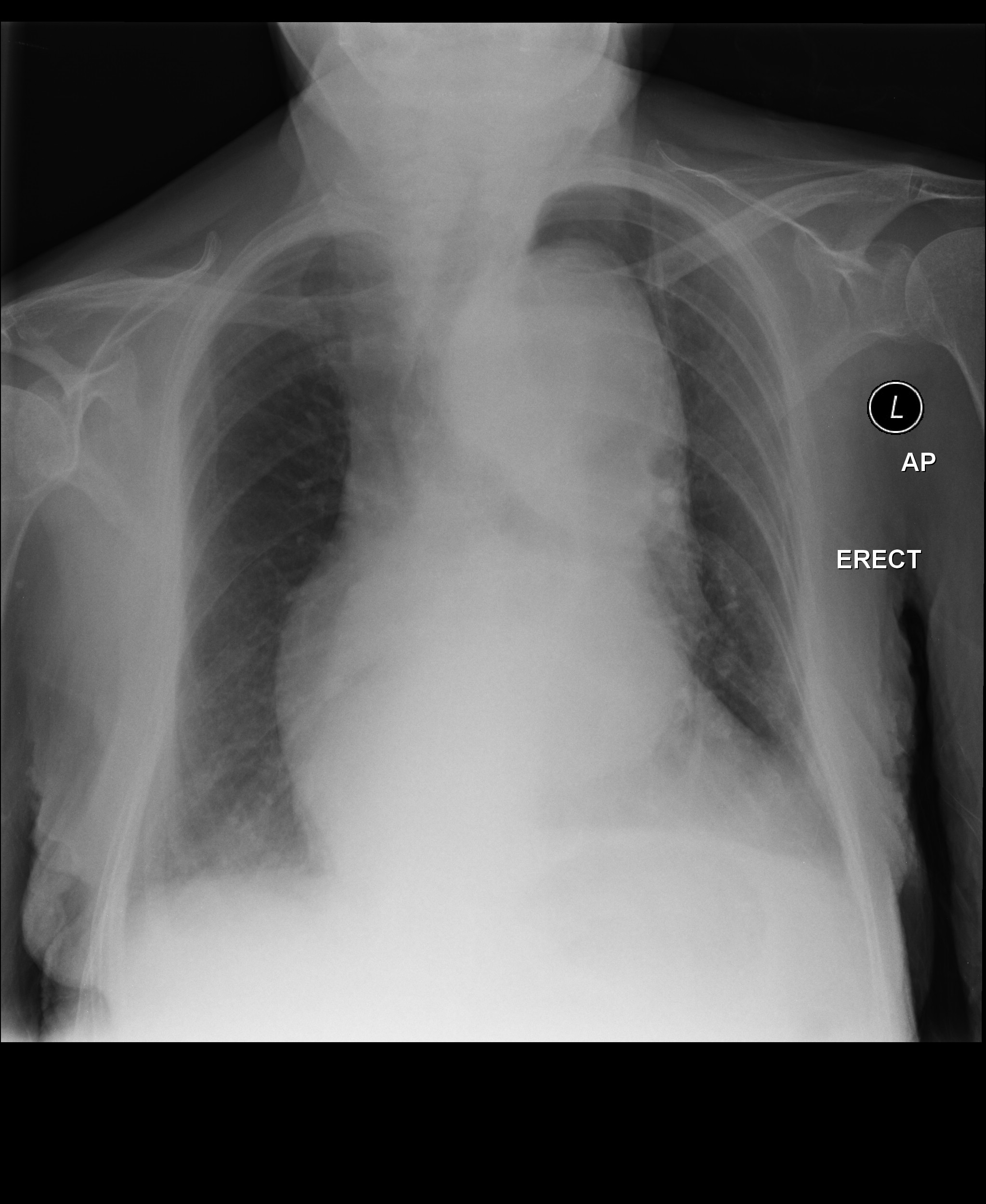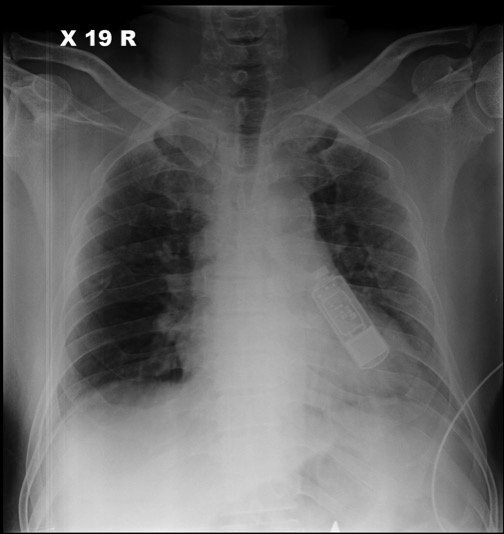Sandbox Jose2
Overview
Multisystem Inflammatory Syndrome in Children (MIS-C) is a condition that causes inflammation of some parts of the body like heart, blood vessels, kidneys, digestive system, brain, skin, or eyes. According to recent evidence, it is suggested that children with MIS-C had antibodies against COVID-19 suggesting children had COVID-19 infection in the past. This syndrome appears to be similar in presentation to Kawasaki disease, hence also called Kawasaki -like a disease. It also shares features with staphylococcal and streptococcal toxic shock syndromes, bacterial sepsis, and macrophage activation syndromes.
Historical Perspective
- Reports of a new febrile pediatric entity began to appear in late April 2020 during the COVID-19 pandemic in the Western Europe, characterized by systemic hyperinflammation, abdominal pain with gastrointestinal symptoms and multiorgan involvement affecting specially the myocardium causing cardiogenic shock which reminded the physicians of Kawasaki disease;[1]
- Cases of children with such symptoms were quickly identified in the New York City area, which was then the most heavily affected city in the U.S. by the COVID-19 pandemic;[1]
- A report of 8 cases from Evelina London Children's Hospital was published on 6 May 2020, showing very prominent markers of inflammation such as ferritin, D-dimers, triglycerides, elevated cardiac enzymes, high NT-pro-BNP levels and troponin, being empirically treated with IVIG;[1]
- In 22 May, an article from the Journal of Pediatric Infectious Diseases Society addressed some of the similarities and differences of this new entity with Kawasaki's Syndrome, noting that the demographics affected was significantly different, as it was not seen in Asia despite the pandemic also affecting such countries, but it was affecting mostly children of African ethnicity. The author also differentiated some of the laboratory findings, resembling the macrophage activation syndrome and not Kawasaki's disease.[1]
Classification of Disease Severity of MIS-C
- Mild Disease
- Children with MIS-C fall under this category who-
- require minimal to no respiratory support.
- minimal to no organ injury
- normotensive
- Do not meet the criteria for ICU admission.
- Severe Disease
- Children with MIS-C fall under this category who-
- have significant oxygen requirements (HFNC, BiPAP, mechanical ventilation).
- have a mild-severe organ injury and ventricular dysfunction.
- have a vasoactive requirement.
- meet the criteria for ICU admissions
Pathophysiology
- The excat pathophysiological mechanism of MIS-C is unclear. Since there is a lag time between MIS-C appearance and COVID-19 infection it is suspected to be causing by antibody dependent enhancement.
- Another hypothesis is that since coronavirus block type1 and type III interferons, it results in delayed cytokine response in children with initially high viral load or whose immune response is unable to control infections causing MIS-C. Therefore, IFN responses result in viral clearance when the viral load is low resulting in mild infection. However, when the viral load is high and /or immune system is not able to clear the virus, the cytokine storm result in multisystem inflammatory syndrome in children (MIS-C).
- It is also suspected that since MIS-C presents predominantly with gastrointestinal manifestations, it replicates predominantly in the gastrointestinal tract.
Differentiating Any Disease from other disease
- Children who met criteria for PIMS-TS presented features that overlapped with the ones seen on Kawasaki Disease and Toxic Shock Syndrome.[2]
- PCR tests for SARS-CoV-2 were positive in the minority of cases (26%), while the IgG antibody was positive in most patients (87%)[2] and it remains as the preferred laboratory for differentiating such diseases;
| Parameters | Pediatric Inflammatoy Multisystem Syndrome Temporally associated with SARS-CoV-2 Infection (PIMS-TS) | Kawasaki Disease (KD) | Kawasaki Disease Shock (KDS) | Toxic Shock Syndrome (TSS) |
|---|---|---|---|---|
| Age (median, IQR) | 9 (5.7-14) | 2.7 (1.4-4.7) | 3.8 (0.2-18) | 7.38 (2.4-15.4) |
| Total white cell count (*10^9/L) | 17 (12-22) | 13.4 (10.5-17.3) | 12.1 (7.9-15.5) | 15.6 (7.5-20) |
| Neutrophil count (*10^9/L) | 13 (10-19) | 7.2 (5.1-9.9) | 5.5 (3.2-10.3) | 16.4 (12-22) |
| Lymphocyte count (*10^9/L) | 0.8 (0.5-1.5) | 2.8 (1.5-4.4) | 1.6 (1-2.5) | 0.63 (0.41, 1.13) |
| Hemoglobin (g/L) | 92 (83-103) | 111.0 (105-119) | 107 (98-115) | 114 (98-130) |
| Platelet number (10^9/L) | 151 (104-210) | 365.0 (288-462) | 235 (138-352) | 155 (92- 255) |
| C-reactive protein (mg/L) | 229 (156-338) | 67.0(40-150) | 193 (83-237) | 201 (122, 317) |
| ALT (IU/L) | 42 (26-95) | 42.0 (24-112) | 73 (34-107) | 30.00 (22.10, 49.25) |
| Albumin (g/L) | 24 (21-27) | 38.0 (35-41) | 30 (27-35) | 27.00 (21.00, 31.00) |
| Ferritin (ug/L) | 610 (359-1280) | 200 (143-243) | 301 (228-337) | - |
| NT-Pro-BNP (pg/ml) | 788 (174-10548) | 41 (12-102) | 396 (57-1520) | - |
| Troponin (ng/L) | 45 (8-294) | 10.0 (10-20) | 10 (10-30) | - |
| D-dimer (ng/ml) | 3578 (2085- 8235) | 1650 (970-2660) | 2580 (1460- 2990) | - |
Epidemiology and Demographics
- According to a recent study among the 186 children with MIS-C, the rate of hospitalization was 12% between March 16 and April 15 and 88% between April 16 and May 20.
- 80% of the children were admitted to the intensive care unit and 20% of the children required mechanical ventilation.
- 4% of the children required extracorporeal membrane oxygenation.
- The mortality rate among 186 children with MIS-C was 2%.
Age
- Among the 186 children with MIS-C distribution of age group was
- <1yr-7%
- 1-4yr-28%
- 5-9yr-25%
- 10-14yr-24%
- 15-20yr-16%.
Gender
- Among the 186 children with MIS-C
Comorbidities
- Children with MIS-C had following underlying comorbidities.
- Clinically diagnosed Obesity-8%
- BMI-Based Obesity-29%
- Cardiovascular diasease-3%
- Respiratory disease-18%
- Autoimmune disease or immunocompromising condition-5%
Organ System Involved
- 71% of children had involvement of at least four organ systems.
The most common organ system involved in MIS-C children among a total of 186 children were.
- Gastrointestinal(92%)
- Cardiovascular(80%)
- Hematologic(76%)
- Mucocutaneous(74%)
- Pulmonary(70%)
- Historical perspective
References
- ↑ 1.0 1.1 1.2 1.3 Shulman, Stanford T. "Pediatric coronavirus disease-2019–associated multisystem inflammatory syndrome." Journal of the Pediatric Infectious Diseases Society (2020).
- ↑ 2.0 2.1 2.2 Whittaker E, Bamford A, Kenny J, et al; PMIS-TS Study Group; EUCLIDS and PERFORM Consortia. Clinical and laboratory characteristics of 58 children with a pediatric multisystem inflammatory syndrome temporally associated with SARSCoV-2. JAMA. doi:10.1001/jama.2020.10369
External links
| Classification | [[d:Lua error in Module:WikidataIB/sandbox at line 2057: attempt to index field 'wikibase' (a nil value). |D]] |
|---|---|
| External resources |
| Wikimedia Commons has media related to [[commons:Lua error in Module:WikidataIB at line 428: attempt to index field 'wikibase' (a nil value).|Lua error in Module:WikidataIB at line 428: attempt to index field 'wikibase' (a nil value).]]. |
Lua error in Module:Authority_control at line 788: attempt to index field 'wikibase' (a nil value).

| Syncope classification | |||||||||||||||||||||||||||||
| Vasovagal | |||||||||||||||||||||||||||||
| Micturation | cough | ||||||||||||||||||||||||||||
| xxxx | KKKKKKK | yyyyy | |||||||||||||||||||||||||||

| Disease | Type | Sign | Symptom | ||
|---|---|---|---|---|---|
Syncope is classified into three categories:
| Disease Name | Age of Onset | Gender Preponderance | Signs/Symptoms | Imaging Feature(s) | Macroscopic Feature(s) | Microscopic Feature(s) | Laboratory Findings(s) | Other Feature(s) | ECG view |
|---|---|---|---|---|---|---|---|---|---|
- Pages with script errors
- Commons category link from Wikidata
- Commons category link is on Wikidata using P373
- Use dmy dates from January 2011
- Articles with invalid date parameter in template
- Autosomal dominant disorders
- Genodermatoses
- Rare diseases
- Biology of attention deficit hyperactivity disorder
- Autism
- Intellectual disability
- Biology of obsessive–compulsive disorder
- Disorders causing seizures